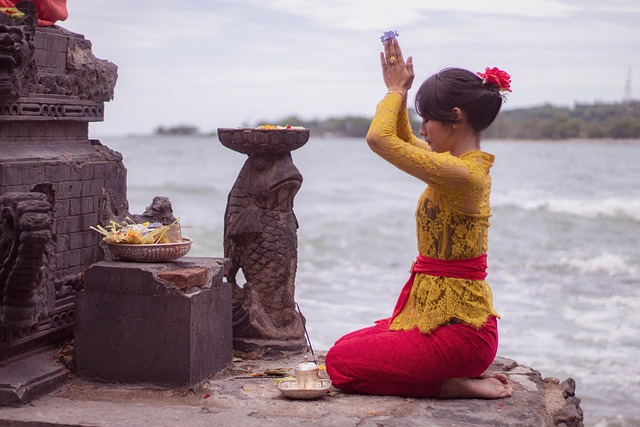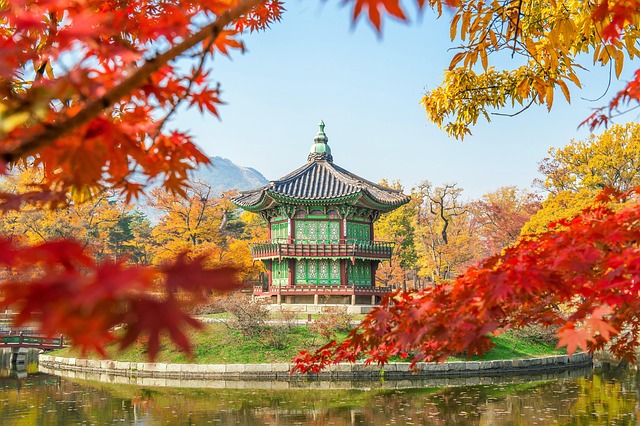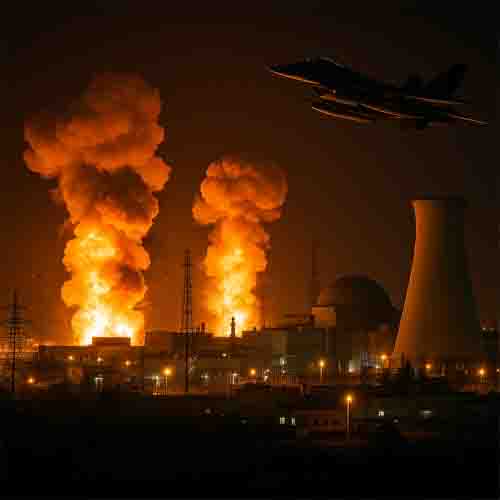
Indonesia is the world’s largest archipelago and one of Southeast Asia’s most fascinating countries. With more than 17,000 islands, Indonesia is a land of contrasts — from active volcanoes and lush rainforests to bustling megacities and tranquil beaches. Its diversity in culture, geography, language, and religion makes Indonesia a unique and compelling destination to explore.
1. Geographic Overview
Indonesia stretches across the equator between the Indian and Pacific Oceans. It borders several countries including:
- Malaysia to the north,
- Papua New Guinea to the east,
- Timor-Leste to the southeast,
- With Australia and the Philippines nearby.
The country spans over 5,000 kilometers east to west, making it the 14th largest country by land area — and the largest in Southeast Asia by population.
2. Major Islands and Regions
Indonesia is made up of five major islands and over 17,000 smaller ones. The most well-known islands include:
- Java – The most populous island, home to the capital Jakarta.
- Sumatra – Known for its rainforests, wildlife, and volcanoes.
- Kalimantan – Indonesian Borneo, rich in biodiversity.
- Sulawesi – Famous for unique culture and diving spots.
- Papua – The western half of New Guinea, full of tribal diversity and mountains.
- Bali – A world-famous tourist destination known for its culture, temples, and beaches.
3. Capital and Major Cities
- Jakarta: The capital city, located on Java, is a megacity with more than 10 million people.
- Surabaya: An economic hub and port city in East Java.
- Bandung: A center for education and fashion.
- Medan, Makassar, Yogyakarta, and Denpasar are also important regional centers.
Indonesia plans to move its capital to Nusantara, a new city under development in East Kalimantan, to reduce overcrowding in Jakarta.
4. People and Culture
Indonesia is home to over 270 million people, making it the fourth most populous country in the world.
Cultural Facts:
- Over 300 ethnic groups and 700 languages are spoken.
- Bahasa Indonesia is the official language.
- Pancasila, the national philosophy, promotes unity in diversity.
The country’s major religions include:
- Islam (around 87%, making Indonesia the largest Muslim-majority nation),
- Christianity, Hinduism (especially in Bali), Buddhism, and traditional beliefs.
Cultural heritage shines in art, music, dance, and traditional ceremonies across different islands.
5. Natural Beauty and Wildlife
Indonesia is one of the most biodiverse countries on Earth. Its rainforests, oceans, and mountains are home to countless species:
- Orangutans in Sumatra and Borneo.
- Komodo dragons on Komodo Island.
- Tropical coral reefs in Raja Ampat.
- Volcanoes like Mount Bromo and Mount Merapi.
Its landscapes range from rice terraces in Bali to pristine beaches in Lombok, and towering volcanoes throughout Java and beyond.
6. Economy and Industry
Indonesia is classified as an emerging economy and is part of the G20.
Key industries:
- Agriculture: Palm oil, rice, coffee, and rubber.
- Mining: Coal, tin, gold, and nickel.
- Tourism: Especially Bali, Yogyakarta, Raja Ampat, and Jakarta.
- Technology and Manufacturing: Growing sectors, especially in urban centers.
Despite rapid growth, the country faces challenges such as inequality, urban congestion, and environmental degradation.
7. Tourism and Attractions
Indonesia is a top travel destination for nature lovers, adventure seekers, and cultural tourists.
Top Places to Visit:
- Bali: Beaches, surf, temples, and culture.
- Borobudur and Prambanan: Ancient Buddhist and Hindu temples in Java.
- Yogyakarta: A center for Javanese culture and arts.
- Raja Ampat: A diver’s paradise with rich marine life.
- Lake Toba: A volcanic lake in Sumatra.
- Mount Bromo: An iconic volcano with sunrise views.
Activities:
- Scuba diving and snorkeling.
- Hiking volcanoes and exploring jungles.
- Visiting traditional villages.
- Enjoying local food like nasi goreng, satay, and rendang.
8. Current Challenges and Opportunities
Indonesia continues to grow as a regional power, but also faces:
- Urban overpopulation (especially in Jakarta),
- Deforestation and environmental threats,
- Earthquake and volcano risks due to its location on the Ring of Fire.
However, its young population, cultural strength, and natural wealth make it a country of great opportunity and potential.
Conclusion
Indonesia is a land of vast beauty, diversity, and resilience. With its vibrant cultures, incredible natural landscapes, and rich history, Indonesia stands as a jewel of Southeast Asia. Whether you’re an explorer, a student of culture, or a traveler, Indonesia offers endless stories to discover and unforgettable experiences to cherish.

